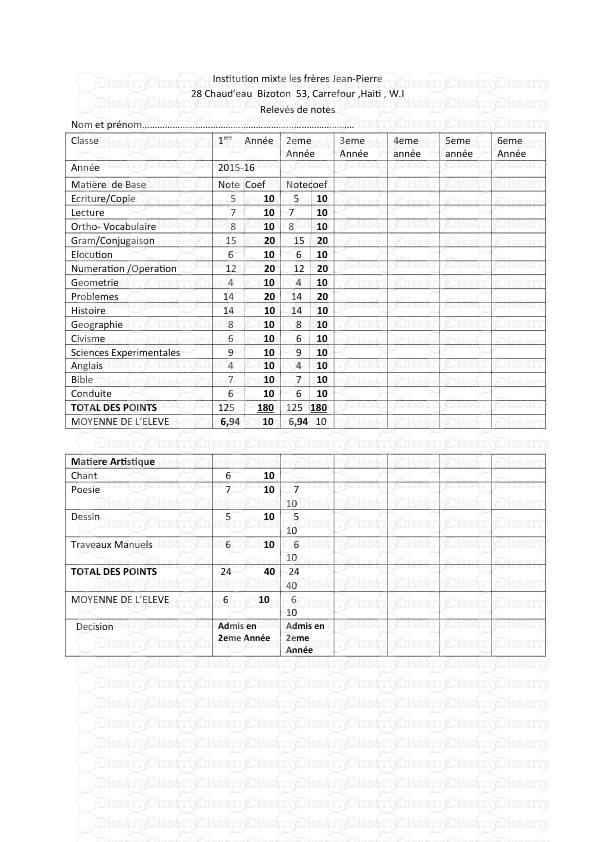Thread Consumption Guide Bulletin Post 01 Contents Measuring actual thread cons
Thread Consumption Guide Bulletin Post 01 Contents Measuring actual thread consumed Using thread consumption ratios Coats Seamworks (Thread Calculator) Access Coats Seamworks Thread Consumption Methods In today’s competitive marketplace, there is a need for tight cost control. A realistic estimation of potential thread requirements for particular garment styles or contracts will not only end up saving you money, but also enable you to use a superior thread for the same cost, thereby not compromising on garment quality. Several factors determine the extent of thread consumption in any sewn product, such as stitch type, seam type, material thickness, number of layers, construction and SPI (stitches per inch). However, these factors are not constant with the different style preferences. Hence, thread consumption is never standard for sewn product categories such as shirts, trousers and footwear. There are two methods generally used to calculate the amount of thread in a seam and hence the thread consumption in the sewn product: 1. By measuring the actual amount of thread consumed 2. By calculation using thread consumption ratios 1. Measuring Actual Thread Consumed A specified length of a given seam is measured and then the thread is pulled out of this length. We can use the amount pulled out of this specified length to calculate the ratio of thread consumed in the entire seam. By dividing the amount of thread by the seam length, we get the ratio of thread consumed. If we multiply this factor times the total length of seam, we can determine the total thread consumed for that seam. Example: Length of seam = 100 cm (1 metre) Stitch class 401 = 2-Thread Chain stitch Length of seam for which thread is removed = 15 cm Needle thread removed = 19.5 cm Needle thread factor = 19.5/15 = 1.3 Looper thread removed = 62.0 cm Looper thread factor = 62.0/15 = 4.1 Total Needle thread = 100 cm x 1.3 = 130 cm Total Looper thread = 100 cm x 4.1 = 410 cm Total thread consumed = 130 + 410 = 540 cm Add 15% wastage* = 540 cm x 1.15 = 621 cm *Generally, 10% to 15% wastage of thread is added to the consumption derived. This wastage occurs due to shop-floor conditions like machine running, thread breakage, repairs, etc. The above example shows the total thread consumed for one type of stitch class in a garment. By following a similar procedure, you can calculate the thread consumed for different stitching operations in a garment. 2. Thread Consumption Ratios The easier method is to use the generally applicable Thread Consumption Ratios for the various stitch types that are listed in the table below. By relating these ratios to the length of seams using each stitch type, total thread consumption can be calculated. Stitch Class Description Total Thread Usage (cm per cm of seam) / Thread Ratio No. of Needle s Needle Thread % Looper / Under (incl. Cover) Threads % 301 Lockstitch 2.5 1 50 50 101 Chainstitch 4.0 1 100 0 401 T wo Thread Chain Stitch 5.5 1 25 75 304 Zigzag Lockstitch 7.0 1 50 50 503 T wo Thread Overedge Stitch 12.0 1 55 45 504/td > Three Thread Overedge Stitch 14.0 1 20 80 512 Four Thread Mock Safety Stitch 18.0 2 25 75 516 Five Thread Safety Stitch 20.0 2 20 80 406 Three Thread Covering Stitch 18.0 2 30 70 602 Four Thread Covering Stitch 25.0 2 20 80 605 Five Thread Covering Stitch 28.0 3 30 70 Note: 1. The above ratios are arrived at with a stitch density of 7 stitches per cm (18 stitches per inch). 2. These ratios are the prescribed minimum in regular conditions and marginally vary with the factors affecting thread consumption. 3. A certain percentage of wastage is to be added to the above ratios as per shop floor conditions. It may vary from 10% to 15%. Example: Length of seam = 100 cm (1 metre) Stitch class 401 = 2-Thread Chainstitch From the table, total thread usage per cm of seam = 5.5 cm Total thread consumption = 100 cm x 5.5 = 550 cm Estimated Needle thread = 550 x 0.25 = 138 cm Estimated Looper thread = 550 x 0.75 = 412 cm Add 15% wastage = 550 cm x 1.15 = 633 cm of thread per seam By applying thread consumption ratios in a manner similar to the calculation in the above example, a sample consumption working for an average sized knitted t-shirt is shown in the table below. Example Thread consumption for an average-sized knitted t-shirt Stit ch Type Seam Length (m) Thread Ratio Total Thread Consumption (m) NT L T 301 Lockstitch 4.0 2.5 10.0 5.0 5.0 504 Three Thread Overedge Stitch 3.0 14.0 42.0 8.5 33. 6 401 T wo Thread Chain Stitch 0.75 5.5 4.0 1.0 3.0 503 T wo Thread Overedge Stitch 0.95 12.0 11.4 6.3 5.1 101 One Thread Chain Stitch 0.10 4.0 0.4 0.4 0.0 Total thread consumed 67.8 21 .1 46. 7 Wastage (15%) 10.0 3. 0 7.0 Stit ch Type Seam Length (m) Thread Ratio Total Thread Consumption (m) NT L T Total after considering wastage 77.8 24 .1 53. 7 These days, thread consumption and costing can be calculated without the need to pick the thread from seams. Coats' Seamworks is a sewing management software solution that can accurately calculate thread consumption and costing for a single sewn product or production run or any number of sewing machines. Seamworks helps to reduce thread wastage and can give you a competitive edge through cost effective sewing thread procurement. Ask your local Coats contact about Seamworks. Note: Stitch density, stitch / seam chioce, variations in style, fabric thickness and number of plies are factors that can affect thread consumption. It is also necessary to make provision for possible thread wastage (usually 15%) while calculating thread consumption. Average Thread Consumption The table below gives the average thread lengths consumed for different types of garments, drawn from our experience. These figures include 5% wastage allowance: Item Consumption (m) Item Consumption (m) Anoraks 210 Pantie girdle 35 Aprons 20 Pantie hose 30 Blouses 100 Raincoats 285 Boiler suit (Chain stitch) Ladies (pair) Men (pair) 420 30 35 Shirts Men Boys - 120 75 Bras 45 Skirts 100 Briefs - Shorts - Item Consumption (m) Item Consumption (m) Children Ladies / Men 35 70 Children Sports 35 70 Caps Children Men - 75 90 Slacks Ladies Children - 160 130 Corsets 95 Swimwear: Ladies 75 Dresses Children Ladies - 90 195 Suits Ladies Men - 2 piece - 365 480 Dressing gowns Children Men - 165 250 Ties 7 Handkerchiefs 5 T rack suits 160 Housecoats 185 T rousers: Men 270 Jackets: Men 200 T-shirts 100 Jeans: Men 210 Under pants 50 Nightdresses Children Ladies - 55 100 Under slips Full length Waist - 75 40 T-shirts (basic) / Vests 50 Waistcoats 50 Coats Seamworks™ Apart from the two regular methods that are used, there is a quick, simple and efficient option available to our customers called Coats Seamworks. Using this software, it is possible to calculate thread consumption metering and costing without having to pick up the thread from the seam. Seamworks is a sewing management software solution that can calculate thread consumption for any sewn product. Not only does it calculate the consumption for a single product, it also enables you to choose the right thread ordering pattern, which is necessary for optimal usage of the ordered thread in the shop floor. Salient features: Easy-to-use familiar Explorer-type interface Support for metric and imperial measurement systems Increased data integrity Enhanced calculation engine Multi-lingual support Coats Technical Services Sewing engineers at Coats can help you with precise metering of the actual thread consumption for your garments. They can provide valuable information for design, cost accounting, inventory planning and logistics. uploads/s3/ thread-consumption-guide 1 .pdf
Documents similaires










-
54
-
0
-
0
Licence et utilisation
Gratuit pour un usage personnel Attribution requise- Détails
- Publié le Apv 03, 2022
- Catégorie Creative Arts / Ar...
- Langue French
- Taille du fichier 0.2164MB


